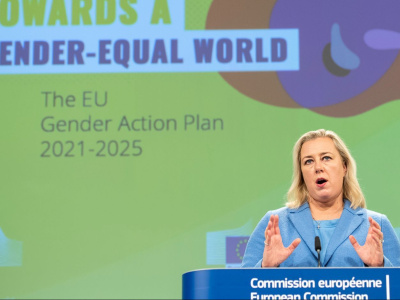
The EU’s gender action plan: Principles and practice
As part of a short series of briefing notes on the implementation of the EU’s latest gender action plan (GAP III), Chloe Teevan looks at how the plan's two new principles have evolved in a development context and at how EU delegations have applied these in programming in partner countries.
Summary
The EU’s latest Gender Action Plan (GAP III) lays out three principles that will guide the EU’s approach to gender in external action: a gender-transformative approach, an approach that addresses intersectionality and an approach based on human rights. This briefing note zooms in on the first two principles, as these are new in GAP III. It looks at the evolution of intersectionality and gender-transformative approaches in a development context and at how EU delegations have applied these in programming in partner countries.
Delegations have had varying degrees of success in integrating the principles of GAP III into their planning around gender. While disability was the most widely appreciated intersectionality, other intersectionalities, most notably around LGBTQI+ rights, are often more difficult to tackle due to sensitivities in many countries. When it comes to implementing gender-transformative approaches, measuring progress is a major challenge. It is generally difficult to measure empowerment and disempowerment – and even more so within short project and programme timelines.
While the inclusion of intersectionality and gender-transformative approaches as key principles of the GAP III is a welcome development, the assimilation of these principles into EU thinking and practice will likely take time. To make progress, the EU needs to draw lessons from the experiences of delegations, ensure that its bureaucratic structures align well with its political ambitions, and put in place support systems and incentives that facilitate buy-in from all delegation staff members.
Series
This brief is part of a series on the implementation of the EU’s latest gender action plan (GAP III). Other briefs include:




